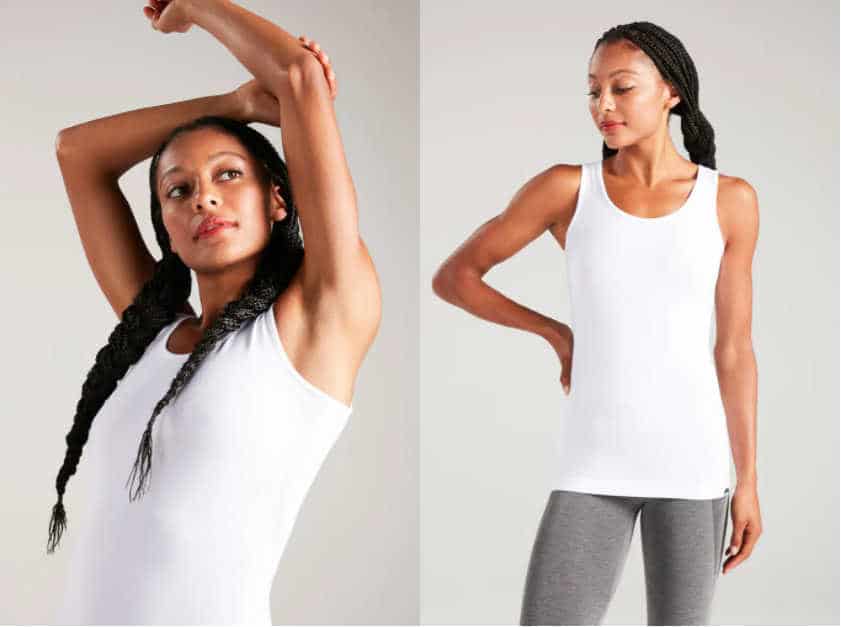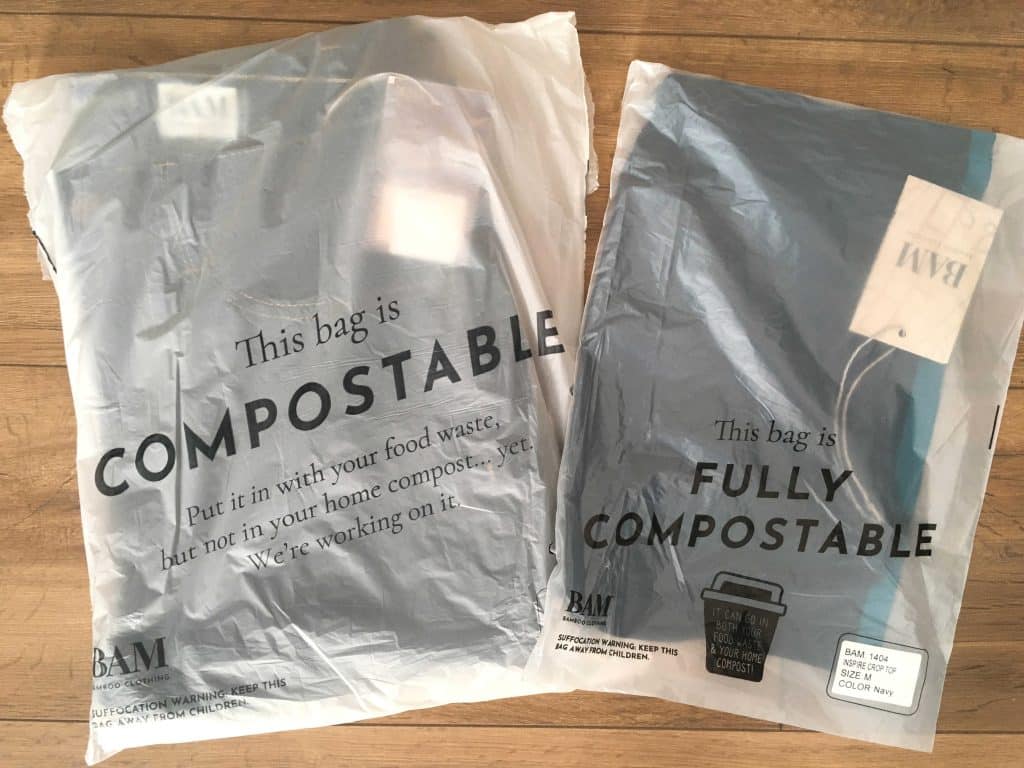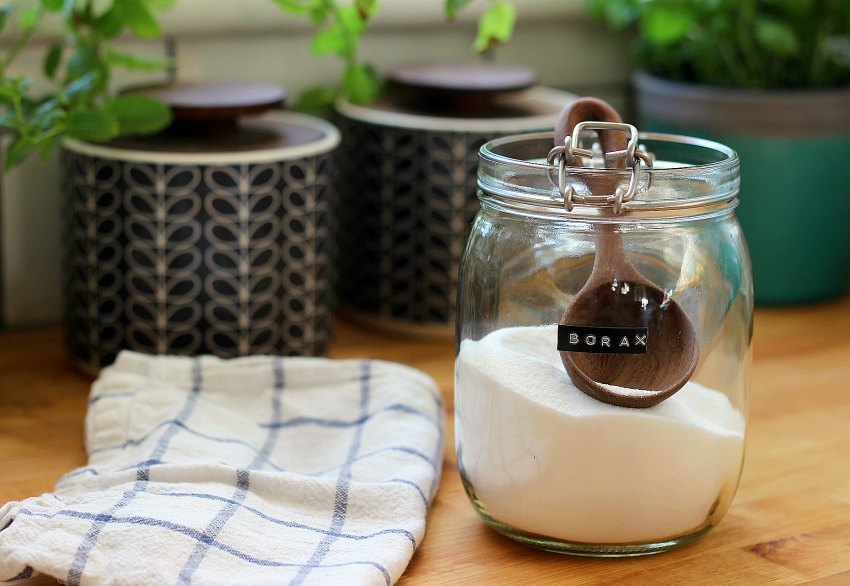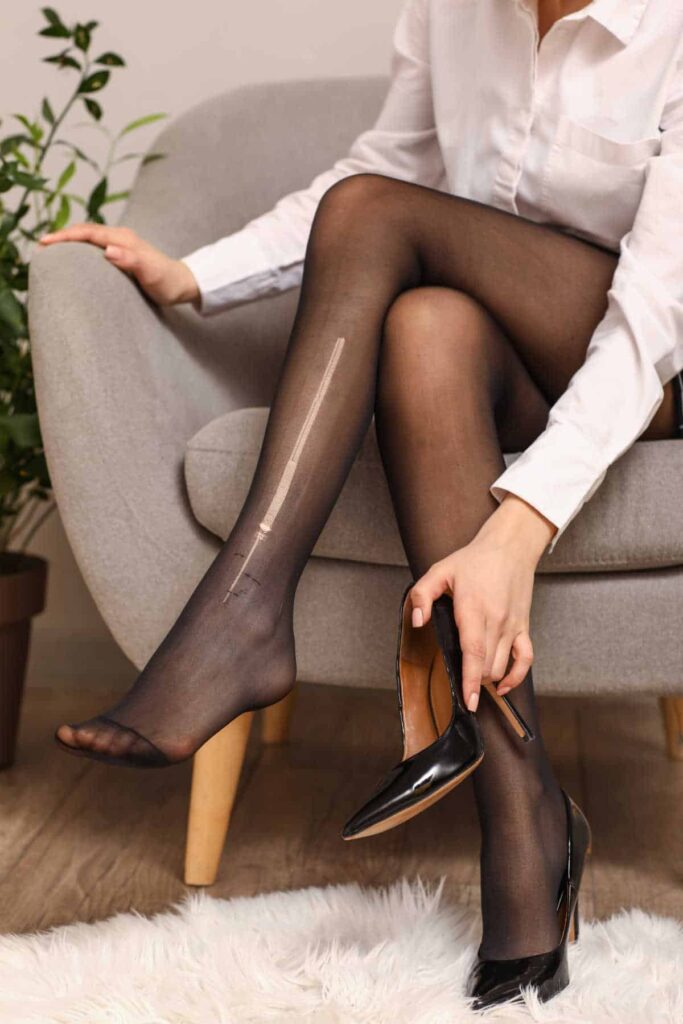Where to Find Stylish Eco-Friendly Activewear | AD
To support the running costs of Moral Fibres, this post may contain affiliate links. This means Moral Fibres may earn a small commission, at no extra cost to readers, on items purchased through these links.
This post on eco-friendly activewear is paid-for content that contains affiliate links
Let’s chat eco-friendly activewear.
With campaigns such as secondhand September and the rise of secondhand shopping sites such as Depop, more and more people are opting to buy clothes second-hand.
Whilst a pair of secondhand jeans or a top is one thing, for many people, there are a few things that they may be less inclined to buy secondhand. In conversations, I’ve had in the past with people, items that people are generally less inclined to buy secondhand mainly include underwear, shoes, and activewear.
I’ve covered underwear and shoes on the blog before, but what about the options for eco-friendly activewear?

What’s Wrong With Traditional Activewear?
You might be wondering what’s wrong with traditional activewear. Traditionally, activewear has been manufactured from synthetic fabrics such as polyester, nylon, and spandex. These stretchy, lightweight, and fast-drying fabrics might be good for your workout. However, these types of fabrics are non-renewable, and their production is both energy and water-intensive.
What’s more, these synthetic fabrics shed microplastics every time we wash them. These microplastic particles drain out of our washing machines, through our wastewater. Here they ultimately find their way into the sea, damaging marine life, and entering the food chain.
Why About Natural Fibre Activewear?
When it comes to buying activewear, gym wear, and swimwear, it currently isn’t possible to buy 100% natural fibre clothing. Even if you could, you would sacrifice the properties that make activewear what it is. You would lose the stretchiness that allows for freedom of movement and the lightweight fabrics. You would also lose the sweat-absorbing properties, and all the other elements that go into technical clothing.
What Are The Alternatives?
Over the last few years, we have seen an array of different options when it comes to eco-friendly activewear. Some of which, I think, are better than others.
You can get activewear made from recycled plastic bottles, for example. This initially sounds like a great idea to reduce plastic waste, but these fabrics still shed microplastics when they are washed. This turns a visible plastic pollution problem into an invisible plastic pollution problem on a much larger scale, in a form that’s even more likely to cause problems.
I also feel uneasy about the practice of turning plastic bottles into clothing. It doesn’t solve the plastic problem or bring about meaningful change.
What About Bamboo?
Other manufacturers, such as BAM, use bamboo to make their activewear.
When it comes to fabric, bamboo is pretty contested as a sustainable fabric choice. On the upside, bamboo is renewable and grows quickly without the use of pesticides or herbicides. Its strong root system stores carbon, improves soil health, and supports biodiversity. And, it only requires rainwater to grow, making it a less water-intensive crop than cotton.
On the other hand, turning something like bamboo into a soft and stretchy fabric requires the bamboo to go through a chemical-heavy, industrial process to convert it into a semi-synthetic fibre known as viscose or rayon. This process can be very polluting and harmful to workers’ health.
The scientific community is also in the relatively early stages of research into microplastic release from clothing. So far there is little known about the release of microplastics from semi-synthetic fibres such as bamboo-based viscose or rayon. Whilst there is doubt, using a laundry bag or ball designed to catch any potential microplastics would be a good call.
Introducing BAM
Whilst no option is perfect when it comes to eco-friendly activewear, I think it’s important if you are able to, to shop from a company that is investing in greening their supply chain and treating their workers fairly, such as BAM. In the last two years, BAM says they have “traced our suppliers’ suppliers’ suppliers’ suppliers’ supplier to systematically identify all our growers, factories, plants, and manufacturers“.
By understanding and knowing their entire supply chain, this has allowed BAM to green their operations. Now they only work with responsible producers. For example, they only work with bamboo fibre producers who use safe and responsible chemistry and waste treatment practices, and who are committed to investing in the technology needed to further improve their practices, processes, and chemistry where necessary.
By knowing all of their suppliers, they are also able to ensure that their suppliers are paying their staff above the national minimum wage and offering good working conditions throughout the entire supply chain.
You can read more about BAM’s work on sustainability in their 2020 sustainability report. This sets their current impact, their immediate plans, and their ultimate goals for the next ten years.
But What About the Eco-Friendly Activewear?
The good news is you don’t have to compromise your style credentials if you are after more eco-friendly activewear. BAM have you covered, with their range of stylish prints and flattering and supportive cuts for both men (size S – L) and women (size 8 – 18).
Here are some of my favourites from their women’s range:




What I also really like is that all of BAM’s products are shipped plastic-free, right down to the protective poly bags. These are either home compostable and can be placed in your kerbside bin, or can be composted in your kerbside bin only. Don’t worry – the bag tells you exactly how to dispose of it.

Something I would like to see next is for BAM to work towards more inclusive sizing in both their men’s and women’s range. I feel the size range is quite limited.
Apart from that, I think that BAM is making some really big environmental steps in the activewear market. A market that is especially prone to greenwashing. So if you are in the market for activewear then do check them out on their website. You get 10% off your first order when you sign up to their mailing list – and follow along on Instagram and Facebook.
Found this post useful? Please consider buying me a virtual coffee to help support the site’s running costs.




